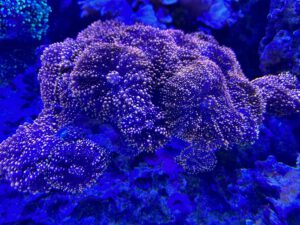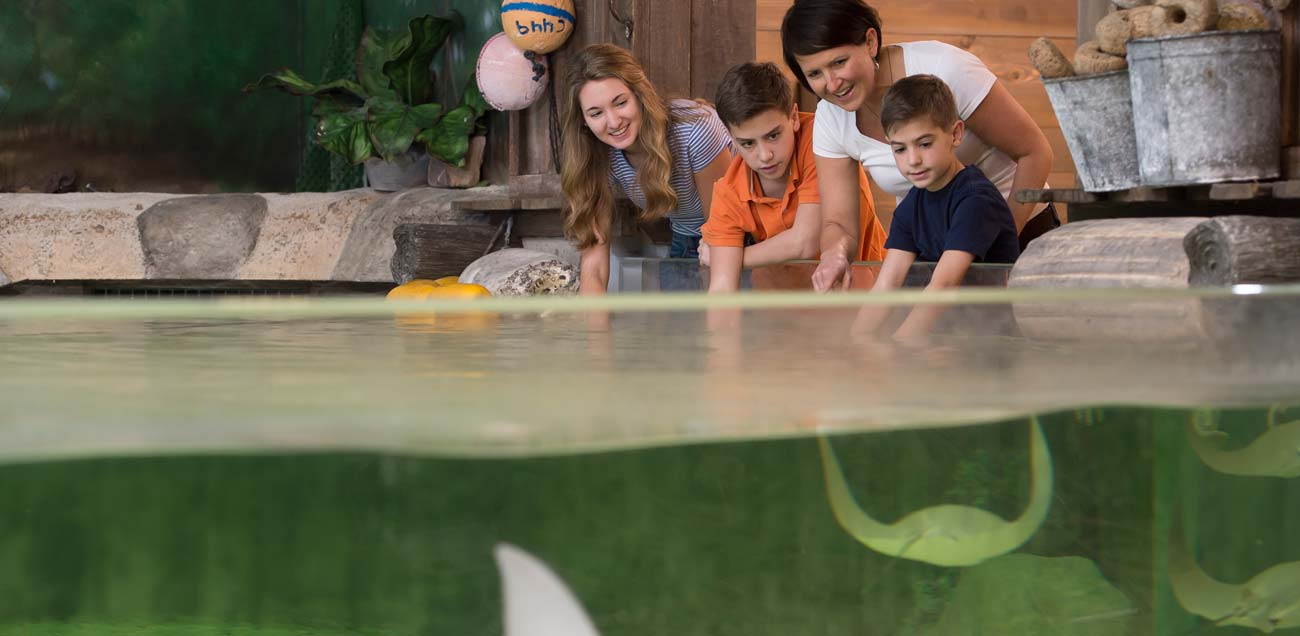With a rainbow’s worth of fish swimming around you and sharks patrolling their side of the water, one can imagine what it might be like to be an ocean animal when exploring The Reef in Australian Adventure. But have you ever noticed the coral?
In The Reef, synthetic coral of all shapes and colors populates the tanks. In its natural habitat, coral provides oxygen, food, and acts as a habitat for many of the ocean’s creatures. Despite serving a vital part in the oceanic ecosystem, coral reefs across the world are disappearing from oceans because of changes in population and temperature.
Here at the Fort Wayne Children’s Zoo, our aquarists are working diligently to better understand what it takes to keep an ecosystem with coral functioning properly. Behind-the-scenes in The Reef, there is a 250-gallon tank that houses various types of hard and soft coral at the Zoo. Because of their unique textures and shapes, not many people know that corals are living organisms, thanks to cells called zooxanthellae and the symbiotic relationship they have with coral. Also living amongst these corals are several species of snails, crabs, and sea stars that all help keep the tank clean. This tank requires very special and frequent maintenance from the Zoo’s aquarists; therefore, powerheads in the tank help create currents, something you would find naturally in their ocean habitat, special lights are in place to mimic the amount of sun the coral would be receiving in that season, the water is tested daily and cleaned twice weekly to ensure nutrient levels are where they should be.
Throughout the world’s oceans, coral reefs are disappearing after becoming bleached due to changes in population and temperature. Completely unrelated to the household chemical, coral bleaching refers to the zooxanthellae cells leaving the coral. These special cells are what give many types of coral their vibrant colors, as well as additional protection from outside factors. When the zooxanthellae cells leave, corals reefs are left vulnerable and without their colorful pigments, thus the term coral bleaching. Bleached coral can be revived if these cells return to the coral, which is why growing coral in professional care is so important. Healthy coral grown in zoos and other conservation organizations can be replanted in the ocean in coral farms to help repopulate the sick coral that resides there. The most important thing you can do to help further coral conservation efforts is not disturb coral in their natural habitat. The next time you vacation near the beach and swim in the ocean, respect the coral and let them be.



